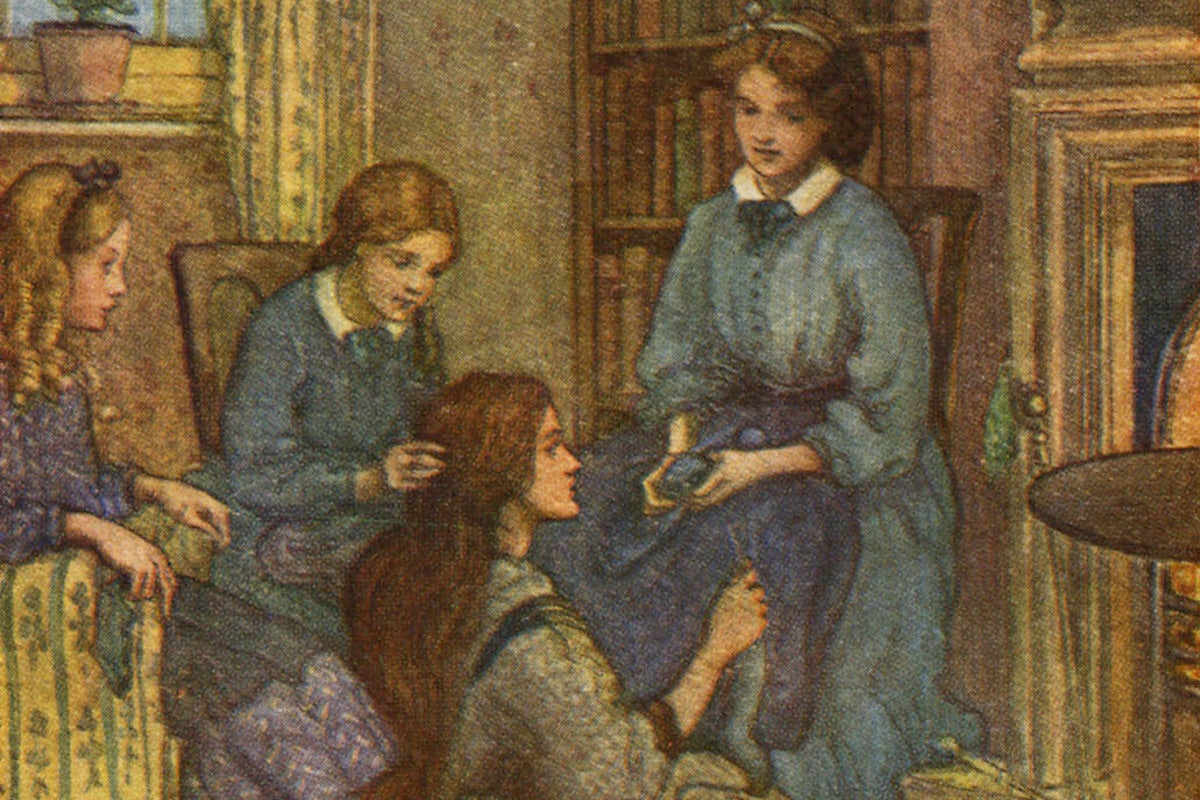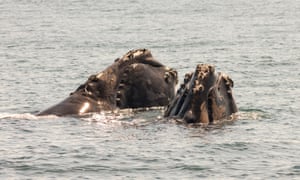via Interesting Literature
The best examples of Romanticism
English Romanticism tends to be dominated by a few names: Wordsworth, Coleridge, Byron, Shelley, Keats. Here, we’ve tried to strike a balance and offer ten of the very best Romantic poems from English literature, which ensures that these canonical figures are well-represented, while also broadening that canon to include some important but slightly less famous voices. We hope you like this short introduction to Romanticism told through ten classic Romantic poems…
Continue reading
==============================
via About History by Alcibiades

Civil War in Scotland 1644-1647 was an armed conflict during the Covenant movement in Scotland, coupled with the English Revolution of the 17th century and the First Civil War in England. The war was fought between the royalists, supporters of King Charles I, led by James Graham, the Marquis of Montrose; and the Covenants represented by the Parliament of Scotland. On the side of the royalists were Irish Catholics; on the Covenant side – the Parliament of England. Despite the fact that throughout the greater part of the Civil War victories were won by the Royalist armies, in 1646 they were completely defeated and the power of the Covenants in Scotland became even stronger.
Continue reading
==============================
A new book reveals the powerful frustrations and sharp wit that shaped Louisa May Alcott’s classic novel.
via Arts & Letters Daily; Sarah Blackwood in The New Republic

When Louisa May Alcott was a child, her father Bronson asked her to define what a philosopher was. She replied, tongue in cheek: “a man up in a balloon with his family at the strings tugging to pull him down.” Later, as a grown woman, Alcott would write a short story loosely based on day-to-day life at Fruitlands, the short-lived utopian community her father founded in the 1840s. Titled “Transcendental Wild Oats,” the story satirized men like her father and his circle (Emerson, Hawthorne, Thoreau, and others), noting how “some call of the Oversoul wafted all the men away” when it came time to harvest the crops. Throughout her life, Alcott knew how to puncture the buoyant intellectual men floating above the people stuck down in the muck of cooking and sweeping and dying in childbirth.
Continue reading
Warning: If you enjoyed reading Little Women then this item could turn into a real time suck.
==============================
via the Guardian by Nicola Davis
Ancient whale bones have been found on three Roman fish processing sites close to the Strait of Gibraltar

North Atlantic right whales, off Grand Manan Island in Canada. Photograph: Alamy
Ancient bones found around the Strait of Gibraltar suggest that the Romans might have had a thriving whaling industry, researchers have claimed.
The bones, dating to the first few centuries AD or earlier, belong to grey whales and North Atlantic right whales – coastal migratory species that are no longer found in European waters.
Researchers say this not only suggests these whales might have been common around the entrance to the Mediterranean in Roman times, but that Romans might have hunted them.
Continue reading
==============================
via Boing Boing by Andrea James

Echinopsis cactus flowers explode in a riot of colors in this beautiful timelapse work by YouTuber EchinopsisFreak. In the example above, blooms somehow synchronize their brief appearance to maximize the chance of pollination.
Continue reading (and watch the video)
==============================
via the Big Think blog by Anne Trafton
MIT researchers find that 1–2 percent of Earth’s oldest mantle rocks are made from diamond.
There may be more than a quadrillion tons of diamond hidden in the Earth’s interior, according to a new study from MIT and other universities. But the new results are unlikely to set off a diamond rush. The scientists estimate the precious minerals are buried more than 100 miles below the surface, far deeper than any drilling expedition has ever reached.
The ultradeep cache may be scattered within cratonic roots — the oldest and most immovable sections of rock that lie beneath the center of most continental tectonic plates. Shaped like inverted mountains, cratons can stretch as deep as 200 miles through the Earth’s crust and into its mantle; geologists refer to their deepest sections as “roots.”
Continue reading
==============================
via UNESCO Courier by Jean-Gabriel Ganascia

CB2, an infant robot, was built by Minoru Asada, Japan, who wanted to understand how robots learn.
Here, CB2 is being taught to crawl.
Are machines likely to become smarter than humans? No, says Jean-Gabriel Ganascia: this is a myth inspired by science fiction. The computer scientist walks us through the major milestones in artificial intelligence (AI), reviews the most recent technical advances, and discusses the ethical questions that require increasingly urgent answers.
Continue reading
==============================
via About History by Alcibiades

The Battle of Angora was fought between the Ottoman Sultan Bayezid I and the Central Asian ruler Timur, on July 20, 1402, near Angora (modern Ankara), in which Timur’s troops defeated the Turkish Sultan’s army, leading to the temporary collapse of the Ottoman Empire.
Continue reading
I was amazed at the map which shows the relative sizes of the three main "empires" of the time.
==============================
via Interesting Literature
Are these Henry James’s best short stories and novellas?
Henry James (1843-1916) was a prolific writer of short stories and novellas – what he himself called ‘tales’ – and a number of them are widely read and studied. In this post, we’ve picked just five of James’s very best tales, and said a little bit about them.
Continue reading
==============================
via Boing Boing by Andrea James

In Lattice, artist Maria Constanza Ferreira filmed microscopic crystals growing in a lab, then animated them into a mesmerizing work of art.
Continue reading [and watch a fascinating video]
No comments:
Post a Comment